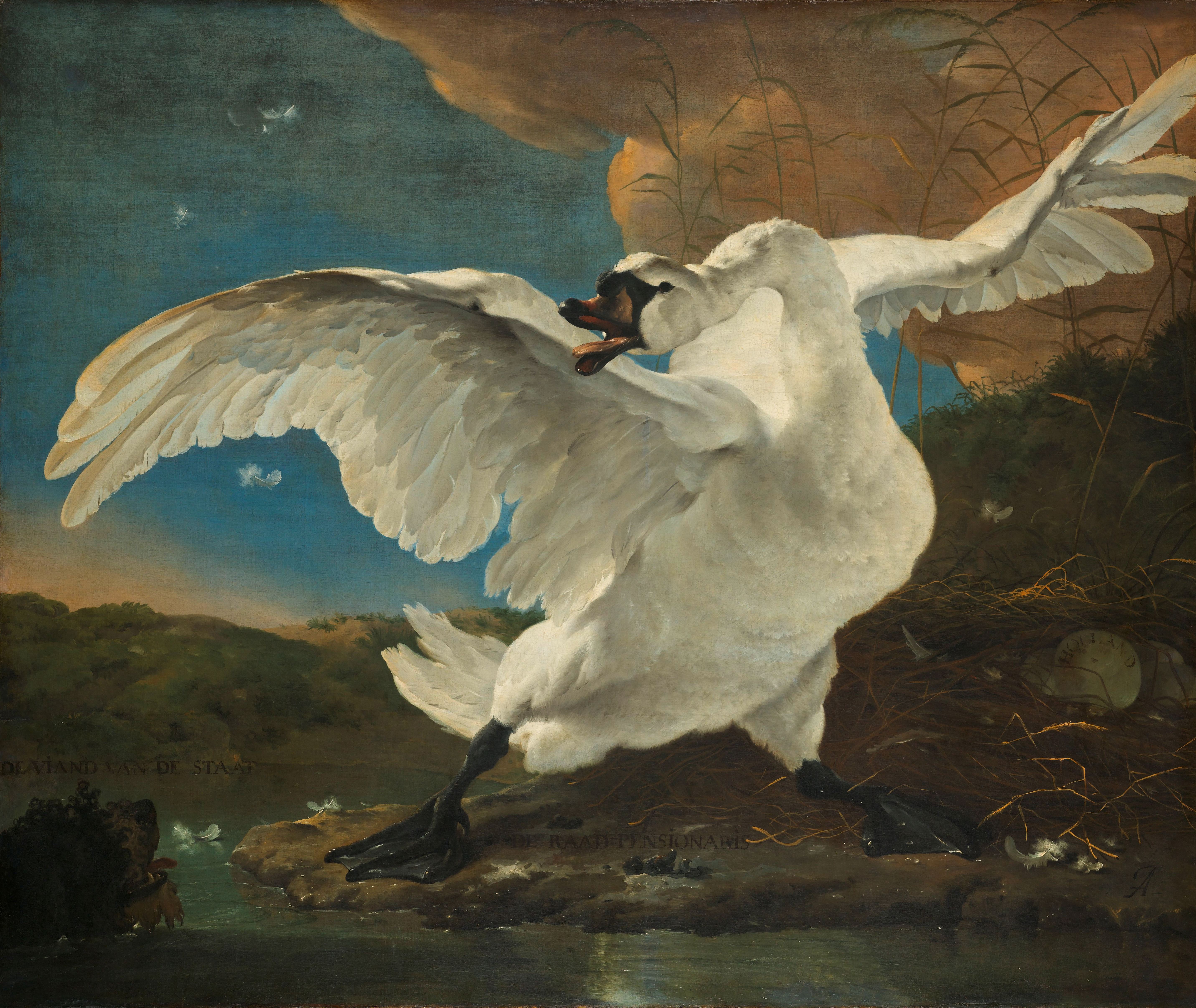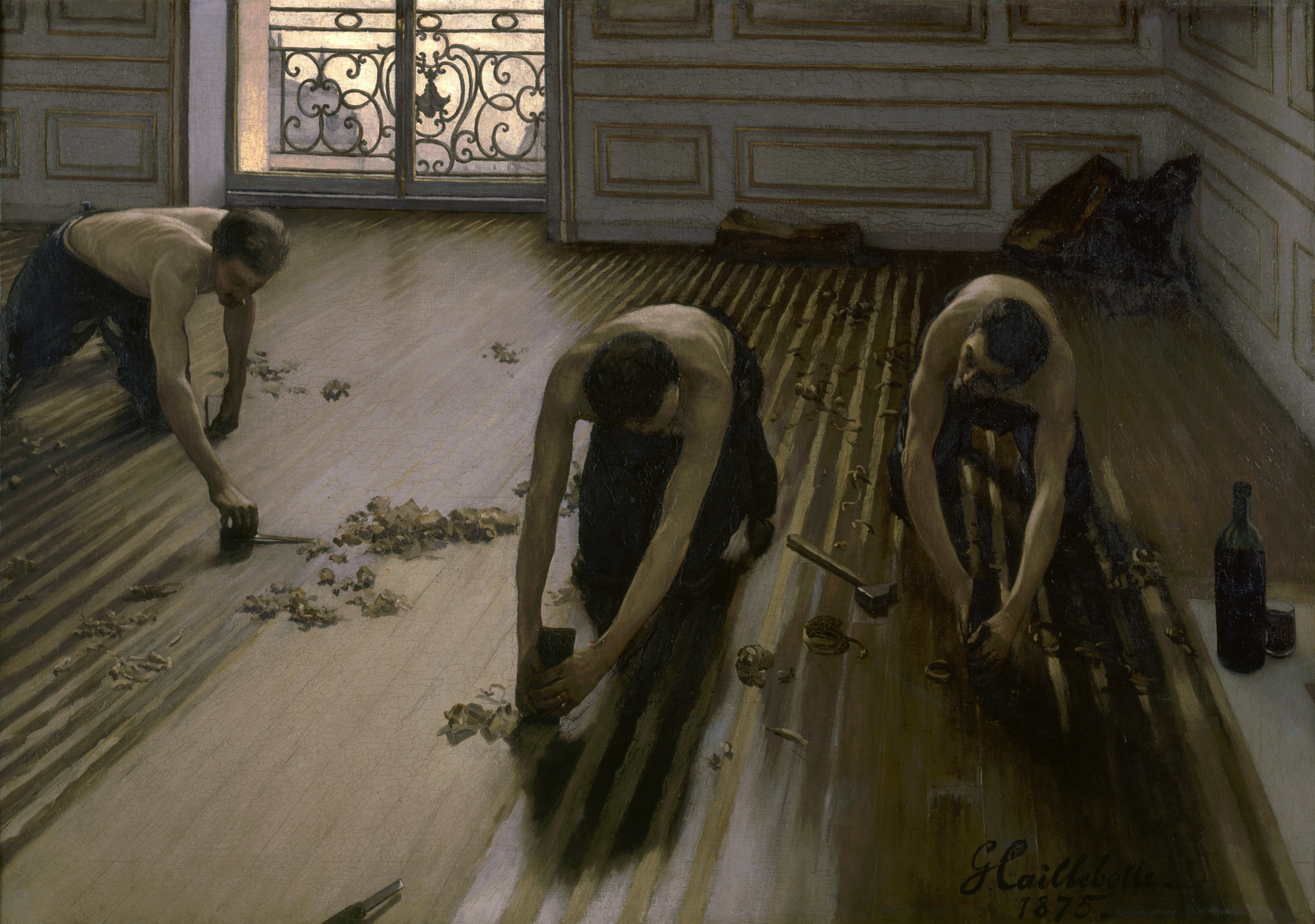|
Iconclass
Iconclass is a specialized library classification designed for classifying the subjects and content of images in art (their iconography). It was originally conceived by the Dutch art historian Henri van de Waal in the 1970s, and was further developed by a group of scholars after his death. It is one of the largest classification systems for cultural content and probably the largest for visual arts content. Initially designed for historical imagery, it is now also used to create subject access to texts and to classify a wide range of images, including modern photography. At the moment it contains over 28,000 unique concepts (classification types) and has an entry vocabulary of 14,000 keywords. Like the Dewey Decimal Classification and Universal Decimal Classification systems, it has 10 main "divisions" or points of entry: *0 Abstract, Non-representational Art *1 Religion and Magic *2 Nature *3 Human being, Man in general *4 Society, Civilization, Culture *5 Abstract Ideas and Conce ... [...More Info...] [...Related Items...] OR: [Wikipedia] [Google] [Baidu] |
Iconography
Iconography, as a branch of art history, studies the identification, description and interpretation of the content of images: the subjects depicted, the particular compositions and details used to do so, and other elements that are distinct from artistic style. The word ''iconography'' comes from the Ancient Greek, Greek ("image") and ("to write" or ''to draw''). A secondary meaning (based on a non-standard translation of the Greek and Russian equivalent terms) is the production or study of the religious images, called "Icon, icons", in the Byzantine art, Byzantine and Eastern Orthodox Churches, Orthodox Christian tradition. This usage is mostly found in works translated from languages such as Greek or Russian, with the correct term being "icon painting". In art history, "an iconography" may also mean a particular depiction of a subject in terms of the content of the image, such as the number of figures used, their placing and gestures. The term is also used in many academic ... [...More Info...] [...Related Items...] OR: [Wikipedia] [Google] [Baidu] |
The Music Lesson
''The Music Lesson'', ''Woman Seated at a Virginal'' or ''A Lady at the Virginals with a Gentleman'' by Johannes Vermeer is a painting of a young female pupil playing a virginal during a music lesson with a male teacher. The man's mouth is slightly agape giving the impression that he is singing along with the music that the young girl is playing. This suggests that there is a relationship between the two figures and the idea of love and music being bridged together. This was a common theme among Netherlandish art in this time period. Vermeer consistently used the same objects within his paintings such as the draped rug, the white water jug, various instruments, tiled floor and windows that convey light and shadows. This is one of few paintings produced by Vermeer which were kept in his home until his death in 1675 when his family was forced to sell them. It became a part of the Royal Collection, and it is currently on display in the Picture Gallery at Buckingham Palace in London. ... [...More Info...] [...Related Items...] OR: [Wikipedia] [Google] [Baidu] |
Marburger Index
The Bildindex der Kunst und Architektur () is an open online database of 3.2 million photographs of 1.9 million artworks and architectural objects. The owner and operator of the database is the "" ("German Documentation Center for Art History"), known formally as "" ("Image Archive Photo Marburg"). In addition to its own image holdings, around 2 million images from 90 partner institutions are also available online. Not all images are of German objects. In 1976 the institution purchased thousands of photographs of the '' Du'' magazine of the Swiss publishing house Conzett & Huber. Between 1977 and 2008, 1.4 million photographs from 15 different institutions were made available on microfiche A microform is a scaled-down reproduction of a document, typically either photographic film or paper, made for the purposes of transmission, storage, reading, and printing. Microform images are commonly reduced to about 4% or of the original d ... by as the "" ("Marburger Index : Inven ... [...More Info...] [...Related Items...] OR: [Wikipedia] [Google] [Baidu] |
Gemäldegalerie, Berlin
The (, Painting Gallery) is an art museum in Berlin, Germany, and the museum where the main selection of paintings belonging to the Berlin State Museums (''Staatliche Museen zu Berlin'') is displayed. It was first opened in 1830, and the current building was completed in 1998. It is located in the Kulturforum museum district west of Potsdamer Platz. It holds one of the world's leading collections of European paintings from the 13th to the 18th centuries. Its collection includes masterpieces from such artists as Albrecht Dürer, Lucas Cranach the Elder, Lucas Cranach, Hans Holbein the Younger, Hans Holbein, Rogier van der Weyden, Jan van Eyck, Raphael, Botticelli, Titian, Caravaggio, Peter Paul Rubens, David Teniers the Younger, Rembrandt, Frans Hals, Johannes Vermeer, Thomas Gainsborough, Joshua Reynolds and Antonio Viviani. Collection Unlike most major national European collections (with the exception of the National Gallery, London), the collection is not essentially ... [...More Info...] [...Related Items...] OR: [Wikipedia] [Google] [Baidu] |
Old Master Print
An old master print (also spaced masterprint) is a work of art produced by a printing process within the Western tradition (mostly by Old Masters). The term remains current in the art trade, and there is no easy alternative in English to distinguish the works of "fine art" produced in printmaking from the vast range of decorative, utilitarian and popular prints that grew rapidly alongside the artistic print from the 15th century onwards. Fifteenth-century prints are sufficiently rare that they are classed as old master prints even if they are of crude or merely workmanlike artistic quality. A date of about 1830 is usually taken as marking the end of the period whose prints are covered by this term. The main techniques used, in order of their introduction, are woodcut, engraving, etching, mezzotint and aquatint, although there are others. Different techniques are often combined in a single print. With rare exceptions printed on textiles, such as silk, or on vellum, old master print ... [...More Info...] [...Related Items...] OR: [Wikipedia] [Google] [Baidu] |
Bathsheba At Her Bath (Rembrandt)
''Bathsheba at Her Bath'' (or ''Bathsheba with King David's Letter'') is an oil painting by the Dutch artist Rembrandt (1606–1669), finished in 1654. A depiction that is both sensual and empathetic, it shows a moment from the Old Testament story related in in which David, King David sees Bathsheba bathing and, entranced, impregnates her.Bull et al. 151 In order to marry Bathsheba and conceal his sin, David sends her husband into battle and orders his generals to abandon him, leaving him to certain death. While the scene of David spying on Bathsheba had been Bathsheba at her Bath, painted by earlier artists, Rembrandt's depiction differs in its tight pictorial focus and erotic vitality, achieved through broad, thick brushstrokes and vibrant coloration. The painting hangs in The Louvre; it is one of 583 works donated by Dr. Louis La Caze in 1869. For Kenneth Clark, the canvas is "Rembrandt's greatest painting of the nude".Clark, 341 Its insight into Bathsheba's moral dilemma has ... [...More Info...] [...Related Items...] OR: [Wikipedia] [Google] [Baidu] |
Gustave Caillebotte
Gustave Caillebotte (; 19 August 1848 – 21 February 1894) was a French painter who was a member and patron of the Impressionists, although he painted in a more Realism (arts), realistic manner than many others in the group. Caillebotte was known for his early interest in photography as an art form. Early life Gustave Caillebotte was born on 19 August 1848 to an upper-class Parisian family living in the rue du Faubourg-Saint-Denis. His father, Martial Caillebotte (1799–1874), was the inheritor of the family's military textile business and was also a judge at the Tribunal de commerce de Paris, Tribunal de commerce de la Seine. Caillebotte's father was twice widowed before marrying Caillebotte's mother, Céleste Daufresne (1819–1878), who had two more sons after Gustave: René (1851–1876) and Martial Caillebotte, Martial (1853–1910). Caillebotte earned a law degree in 1868 and a license to practice law in 1870, and he also was an engineer. Shortly after his education, h ... [...More Info...] [...Related Items...] OR: [Wikipedia] [Google] [Baidu] |
Gustave Caillebotte - The Yellow Fields At Gennevilliers
Gustav, Gustaf or Gustave may refer to: *Gustav (name), a male given name of Old Swedish origin Art, entertainment, and media * ''Primeval'' (film), a 2007 American horror film * ''Gustav'' (film series), a Hungarian series of animated short cartoons * Gustav (''Zoids''), a transportation mecha in the ''Zoids'' fictional universe *Gustav, a character in '' Sesamstraße'' *Monsieur Gustav H., a leading character in ''The Grand Budapest Hotel'' * Gustaf, an American art punk band from Brooklyn, New York. Weapons *Carl Gustav recoilless rifle, dubbed "the Gustav" by US soldiers *Schwerer Gustav, 800-mm German siege cannon used during World War II Other uses *Gustav (pigeon), a pigeon of the RAF pigeon service in WWII *Gustave (crocodile), a large male Nile crocodile in Burundi *Gustave, South Dakota *Hurricane Gustav (other), a name used for several tropical cyclones and storms *Gustav, a streetwear clothing brand See also *Gustav of Sweden (other) *Gustav Adolf ... [...More Info...] [...Related Items...] OR: [Wikipedia] [Google] [Baidu] |
Rijksmuseum
The Rijksmuseum () is the national museum of the Netherlands dedicated to Dutch arts and history and is located in Amsterdam. The museum is located at the Museum Square in the borough of Amsterdam South, close to the Van Gogh Museum, the Stedelijk Museum Amsterdam, and the Concertgebouw. The Rijksmuseum was founded in The Hague on 19 November 1798 and moved to Amsterdam in 1808, where it was first located in the Royal Palace and later in the Trippenhuis. The current main building was designed by Pierre Cuypers and first opened in 1885.The renovation Rijksmuseum. Retrieved on 4 April 2013. On 13 April 2013, after a ten-year renovation which cost €375 million, the main building was reopened by [...More Info...] [...Related Items...] OR: [Wikipedia] [Google] [Baidu] |
Pieter Jansz
Pieter Jansz (September 25, 1820 - June 6, 1904) was the first Dutch Mennonite missionary in Indonesia. He arrived in Central Java in 1851 and began his missionary work. He encountered constraining influences from Islam throughout the area, recognizing the lack of religious freedom to become a Christian. He felt compelled to search for new methods in order to evangelize; in which he developed a theory that Christians should be evangelized in colonies, as a solution. He was also known for his ability to translate the Bible into various languages which allowed the Javanese people to have access to the Bible. Education Pieter Jansz was born in Amsterdam on September 25, 1820. His theology was Protestant orthodoxy with a bias toward Pietist expressions. Within a three-month period in 1848, he lost both his father and his newlywed wife, Johanna Elisabeth van Ijzendoorn, through death. These tragedies affected him deeply and caused him to contemplate his future. As a result, he applie ... [...More Info...] [...Related Items...] OR: [Wikipedia] [Google] [Baidu] |




